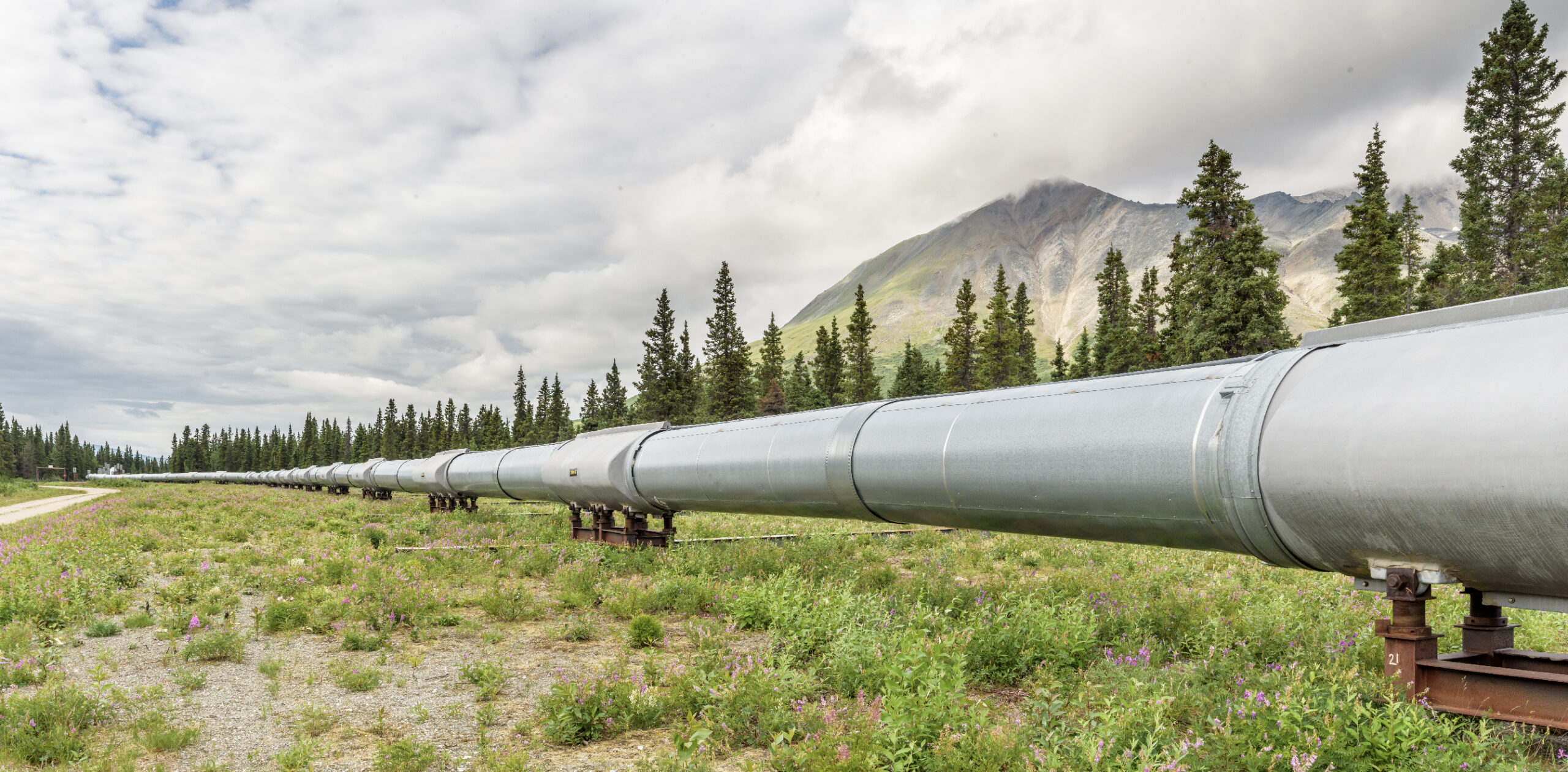Updated: December 15, 2023
The world has reached a critical inflection point. With COP28’s final Global Stocktake recognizing natural gas’ role as a transition fuel in global decarbonization efforts, the need for natural gas to replace foreign coal is more apparent than ever. The good news is that the US has the necessary resources to help the world achieve its climate goals and provide energy security by exporting more liquified natural gas (LNG).
After the global community reached a consensus on climate action, it’s time for US policymakers to help the world execute its goals. Even though US resources are plentiful, we cannot export the needed supply of LNG because of inadequate infrastructure to support overseas shipments.
While the Fiscal Responsibility Act was a critical first step, our country needs far more comprehensive permitting reform to help streamline infrastructure buildout and expand US LNG exports.
The Potential for Growing LNG Exports
US natural gas production has been surging for nearly two decades thanks to technological advances, such as horizontal drilling and hydraulic fracking, and increasing demand for a cheaper fuel that is much cleaner than burning coal. Over that period, the US has achieved a historical 17% decline in US greenhouse gas emissions, largely thanks to coal-to-gas switching.
Conversely, the Ukraine war set our European allies back from meeting their climate goals as Russia cut off natural gas supplies, and their coal use surged.
Earlier this year, PAGE met with European leaders to discuss solutions to fast-track the replacement of coal with lower-emitting US natural gas and help provide energy security to the continent. European leaders made clear that the continent needs US LNG, but US policymakers must act to make that goal a reality.
As Ambassador Richard Morningstar, Founding Chairman of the Atlantic Council Global Energy Center, puts it, "The administration needs to clearly articulate the role of responsibly produced gas as an enabler of the green transition and its long-term importance in global decarbonization and energy security efforts."
What is Holding the US Back?
The root of the problem is a need for sufficient infrastructure capacity to maximize our resources and meet consumers' energy needs. Ultimately, the US must prioritize expanding natural gas infrastructure, pipelines, and export terminals to help ensure more affordable, reliable, and low-methane gas production and delivery.
Currently, the US natural gas pipeline network stretches across approximately 3 million miles of terrain, and as of 2021, it delivers about 27.6 trillion cubic feet (Tcf) of gas to approximately 77.7 million consumers. This amount efficiently supplies consumers with natural gas, and pipelines are also the safest interstate transportation method compared to other delivery modes such as rail, barge, and truck.
Unfortunately, this pipeline network cannot adequately support today's demand for natural gas.
Between 2010 and 2022, demand for US natural gas increased by 56%. By comparison, US pipeline capacity has grown by just 27%, while our capacity to store LNG has risen by only 12%.
To make matters worse, the US is seeing its smallest interstate natural gas pipeline capacity increase in over two decades. In 2022, there was an increase of just 897 million cubic feet per day (MMcf/d), as opposed to 2017, which experienced a record increase of 28,040 MMCf/d.
Without infrastructure development, we cannot export enough LNG to our allies to replace coal and methane-heavy gas usage from countries like Russia.
The urgency of the global energy and climate crises makes bold policy a necessity, not a convenience. We’re seeing the consequences of inaction in Europe, where countries can’t ditch coal production or Russian LNG.
Improving and Redeveloping Our Infrastructure
Fortunately, there are clear steps the US can take to grow our infrastructure and ultimately boost LNG exports. As a first step, we must expand East Coast infrastructure specifically. Appalachia is home to some of North America's most prolific and low-cost gas resources.
A more significant investment into this region can dramatically help reduce consumer prices and make natural gas a more reliable and affordable energy source.
In addition, we need to build more pipelines that strategically access historically undersupplied demand centers. We saw a need for this in 2018, when a "bomb cyclone" caused US prices to soar due to insufficient gas supply, requiring the importation of Russian LNG. We could have resolved this matter at much less cost through greater access to Appalachia rather than notoriously methane-leaky Russian gas.
By improving and redeveloping our natural gas infrastructure, we can provide more affordable, reliable, and cleaner gas to our allies and at home for generations.
We Need Washington to Act
While there are investments the natural gas industry can make, the truth is that we also need policymakers in Washington to back permitting reform so we can turn this vision into reality. Energy projects can take years to receive approval, and endless lawsuits further delay and sometimes halt critical pipeline development.
The lack of access to a stable energy source is causing our allies to revert to coal and methane-heavy gas, making it virtually impossible to achieve our global climate goals. It's in Congress' hands – providing a pathway for cleaner fuel sources, like low-emissions natural gas, in place of dirtier forms of energy will help address the climate crisis and restore energy security.

